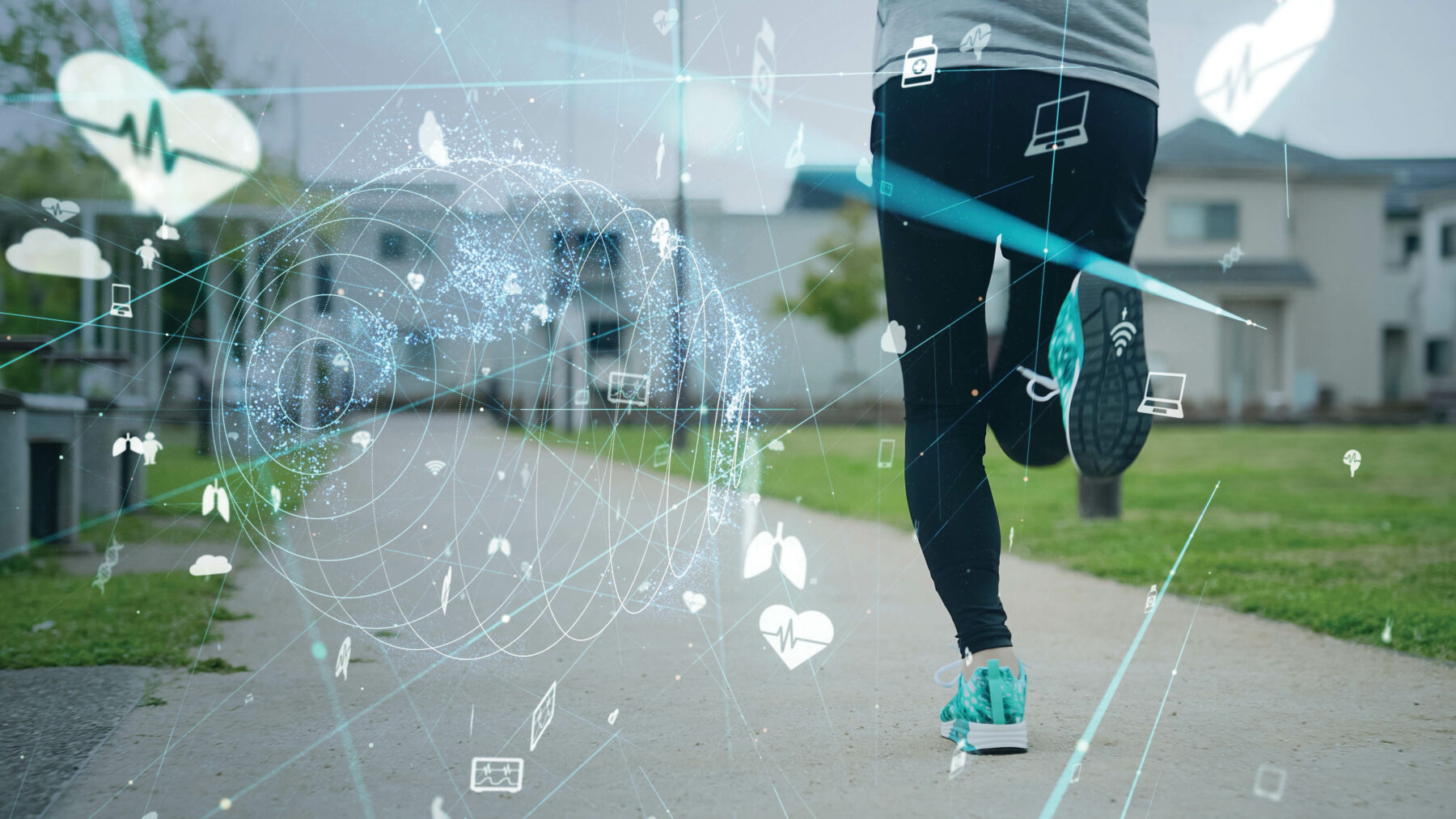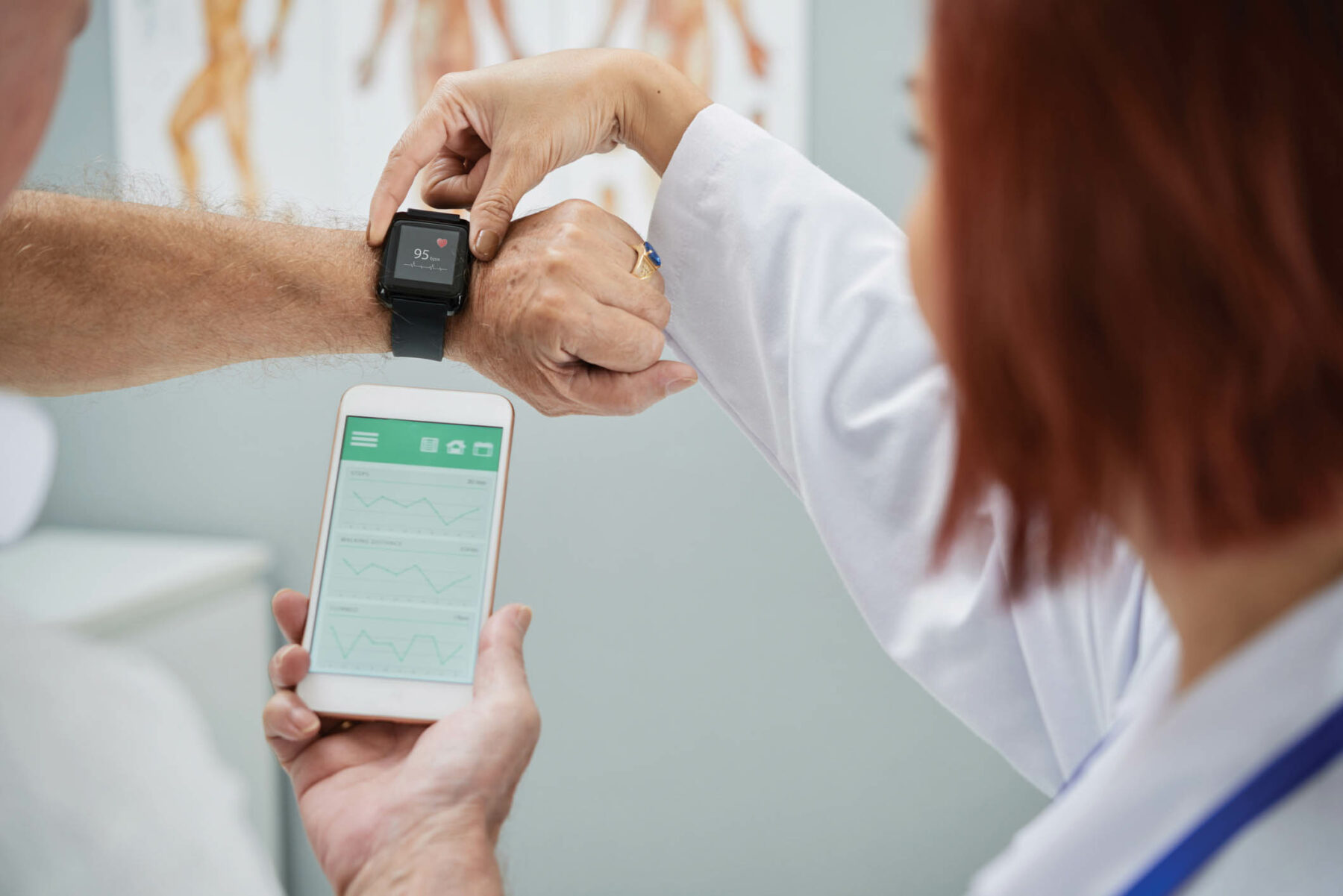How Wearable Fitness Technology May Affect Health Care in the Future

Wearable fitness technology gained popularity during COVID-19 as more people started focusing on their health. Wristbands, smart glasses, hearables and other devices help people stay in shape, but they might be much more useful than initially thought. Here’s how wearable fitness technology could affect health care in the future.
1. Treating Chronic Conditions
According to the CDC, chronic and mental health conditions make up 90% of American health care costs. Many of these conditions stem from bad lifestyle choices. Obesity, diabetes, heart disease and certain types of cancer have all risen in direct correlation with poor diets and a decline in physical activity. The average American adult is increasingly unhealthy.

However, wearable fitness devices can make users healthier and lighten the health care industry’s financial burden. They can provide lots of telling information, including:
- Daily steps
- Calories burned
- Heart rate
- Breathing rate
- Blood pressure
- Blood oxygen levels
- Basal metabolic rate
- Sleep patterns
- Stress levels
Fitness devices also provide self-tracking tools to help people reach their fitness goals. They are like digital personal trainers, encouraging users to stay active with custom recommendations, daily messages and other motivational tools. Some even have built-in emergency SOS systems in case someone is injured.
On the professional level, wearable fitness technology allows health care providers to spot symptoms of chronic issues in their early stages. They can then instruct patients to make appropriate diet or lifestyle changes. Medicine or surgery isn’t always necessary to reverse the onset of debilitating conditions.
2. Transforming Telehealth
Telehealth involves using computers, tablets and mobile phones to perform essential health care services. The pandemic caused great anxiety about in-person appointments, leading millions of people to skip medical care to avoid contracting the virus. Telehealth took off because of this trend and remains a cornerstone of health care in 2022.
Wearable devices are ideal additions to telehealth treatment, enabling professionals to collect crucial data about their patients in real-time. People used to discover their emerging health issues at the doctor’s office, but now they can monitor things at home. They’ll know right away if their blood pressure or heart rate spikes and can take immediate action.

This new advancement in patient supervision is especially useful for connecting patients to special health care services. Rare conditions aren’t always obvious when they first appear. Doctors can use data from wearable devices to make more accurate diagnoses and promptly direct their patients to the right specialists.
Wearable technology won’t eliminate the need for in-person appointments altogether, but it gives patients and doctors more flexibility. The need for regular checkups is less urgent because both parties stay connected through the devices.
3. Reducing Wait Times
This benefit is closely related to wearable technology’s influence on telehealth. Wait times will significantly decrease if in-person appointments are less frequent and urgent. Doctors can monitor their other patients at home while keeping an open schedule for routine and emergency checkups.
Limited capacity and staffing shortages were huge problems for many hospitals and physician’s offices during the pandemic. People had to spend hours in the waiting room before getting treatment. Long wait times are still a problem in 2022 for many patients, but wearable fitness technology could offer a permanent solution.
User education is another way wearables could reduce hospital wait times. Many people go to emergency rooms when they don’t have to, wasting health care professionals’ limited time and resources. People who know more about their bodies might be less likely to visit the hospital.
Rebuilding a Better Health Care System
Health care professionals suffered many setbacks from supply and labor shortages during COVID-19. Many places will still be recovering from these setbacks years from now. However, new technologies like wearable fitness devices can help rebuild a better, more efficient health care system for patients and professionals alike.
About the Author

Mia Barnes is a health and wellness writer and editor-in-chief at Body + Mind. She specifically enjoys writing about women’s fitness, as well as mental health-related topics. When she’s not writing, Barnes can usually be found reading poetry, taking a dance or cardio class, or hiking.






